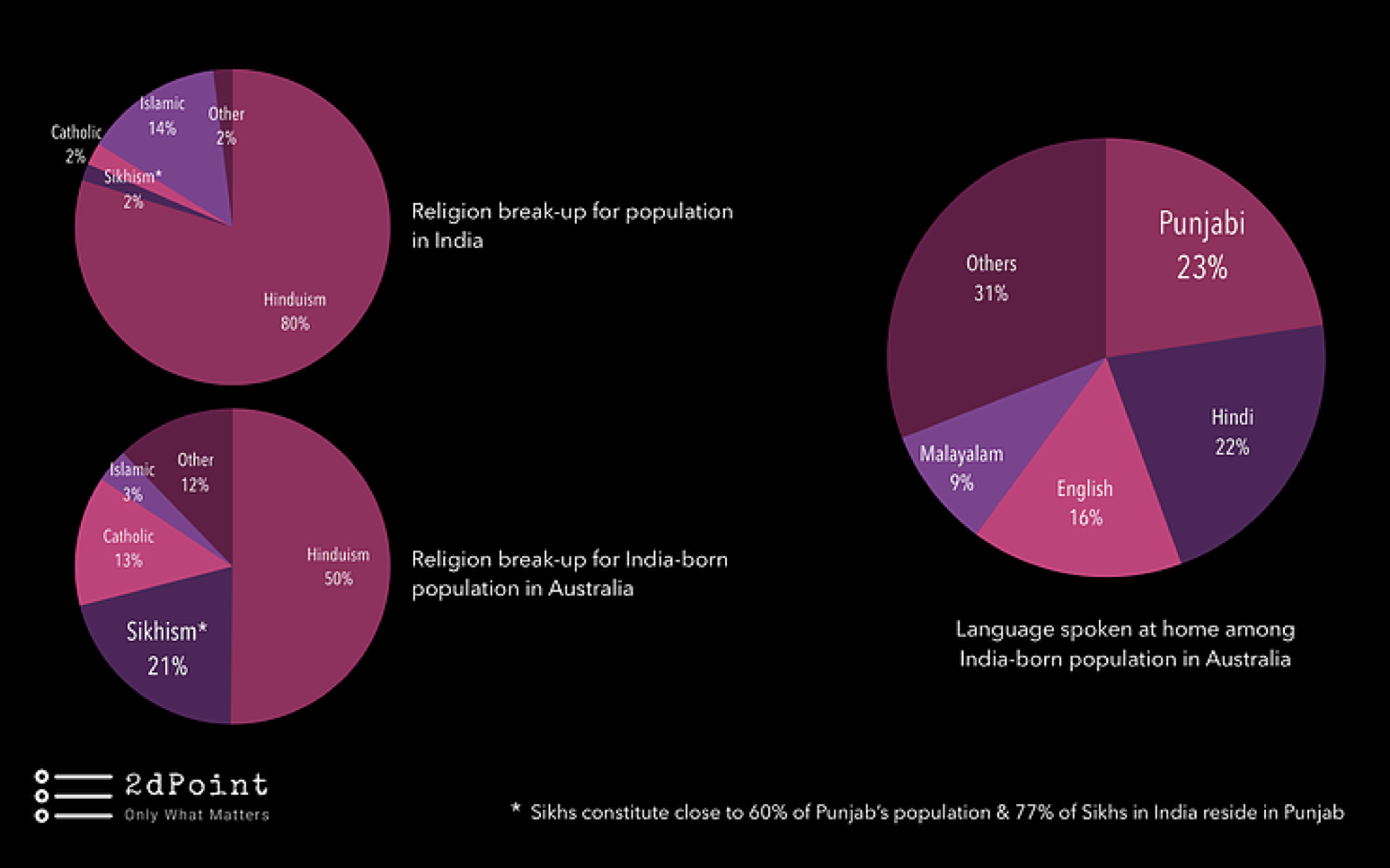Reading Time: 2 minutes
- Life span of a person is the age at which he/she dies; so if someone died at 70, his lifespan was 70.
- Life expectancy is the expected lifespan of a given population; it is an important measure as it indicates overall health of a community.
- To calculate expected lifespan of people who lived in the year 1800 would be simple today because everyone who was born in that year has died, so all you have to do is average out the life spans of everyone born in 1800.
- But to calculate the life expectancy of the current population is not so straightforward & needs some work from demographers.
- Let us say, we had to determine the life expectancy of Country A in 2019.
- The demographers start by counting the number of people of each age, who were alive on January 1, 2019.
- Suppose there were 50,000 people of each age starting from age 0 (newborn) to age 90.
- Then, the demographers calculate the mortality rate for each age group (proportion of people of a particular age group, who died) during the year.
- For example, if 500 one-year old children died by 31st December 2019 out of 50,000 one-year old children; the mortality rate of one-year olds would be 1%.
- Similarly, 0-year olds will have x% mortality rate, 90-year olds will have y%.
- Now demographers create a fictitious group of 1000 infants (zero-year olds) and assume that these 1000 infants will die at ages as defined by the mortality rate calculation that was done for Jan-Dec 2019.
- From the mortality rate, they arrive at the number of people who will live for 0 year, 1 year, 2 years and so on; then by averaging out the lifespans, they arrive at life expectancy of the whole nation.
- Below is an example of life expectancy calculation (of a fictitious group of 1000) for two scenarios; for the ease of calculation, we assume that people in Country A died only at age-0, age-1, age-10, age-20 and age-90.
- In this example (Scenario 1), based on the mortality rate, 47 people died at the age of 10; so lifespan of 47 people (out of 1000) is 10 years.
- Two scenarios have been used to show the impact of mortality rates on life expectancy of a country.

Image courtesy of Monica Silvestre through Pexels























